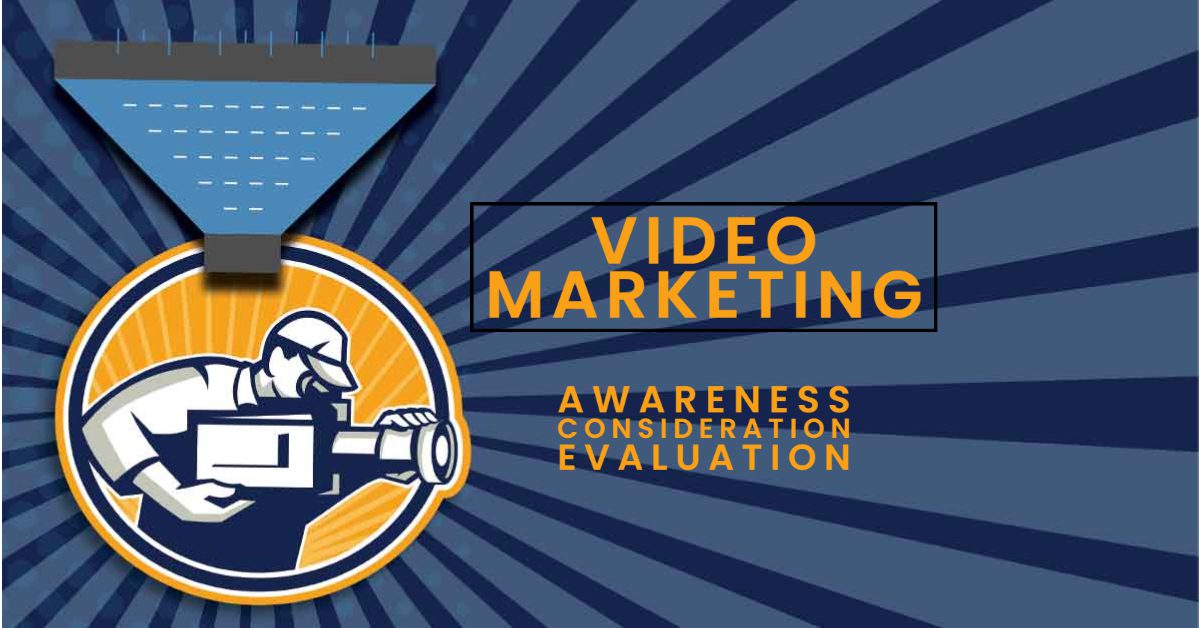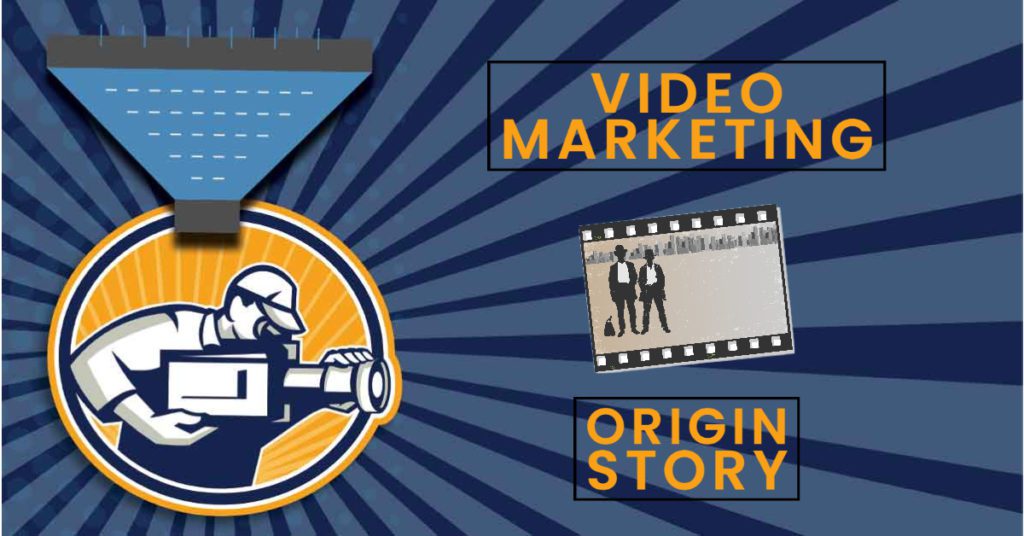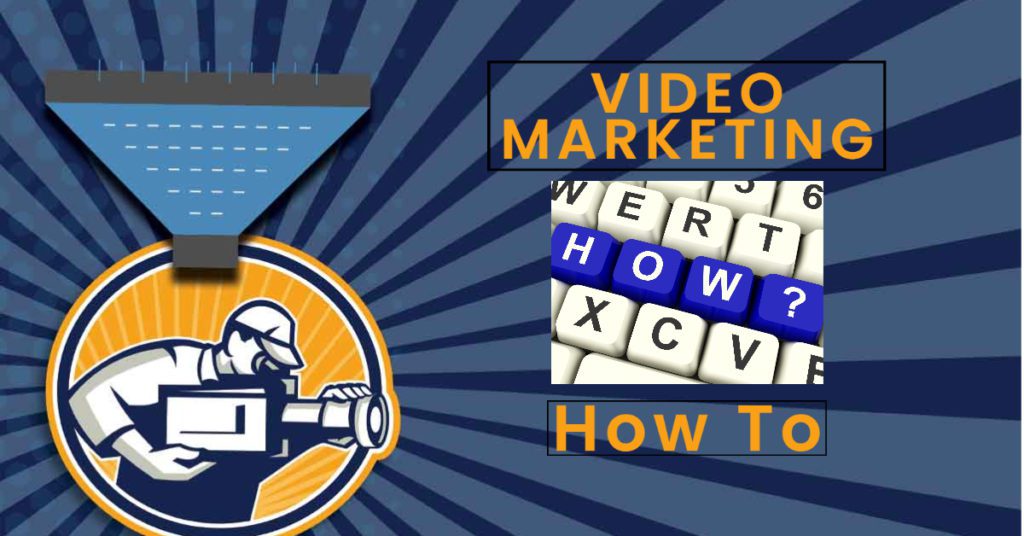What is a video sales funnel?
A video sales funnel is a series of videos designed to guide prospects through the different sales process stages, from initial awareness to purchase. Video sales funnels aim to educate, inform, and persuade prospects to take a specific action, such as signing up for a free trial, attending a webinar, or making a purchase.
Videos in a sales funnel will include several videos, each serving a specific purpose at a particular stage in the sales process.

Top of the funnel (awareness)
For example, these videos are designed to generate interest and create awareness of your brand, products, or services. These videos typically include explainer videos, brand story videos, and problem-solving videos
Middle of the funnel (consideration)
These videos educate and inform prospects and help them evaluate your products or services. These videos typically include how-to, testimonials, and product demo videos.
Bottom of the funnel (evaluation and purchase)
These videos are designed to persuade prospects to take action and make a purchase. These videos typically include FAQs, case studies, and comparison videos.
Remember that a video sales funnel is not a one-time activity but a continuous effort to improve, optimize and track to drive better results. Therefore, regularly measure the success of your videos, and use the data you collect to improve and optimize your strategy over time.
Also, make sure to create a landing page for each video, a page
where the video is embedded and where the video’s call-to-action directs the viewers. The landing page should have a clear message and be optimized for conversions.
Table of contents
- What is a video sales funnel?
- Are marketing videos broadcasting?
- Are marketing videos replacing the salesperson in marketing?
- Best videos for the top of the sales funnel.
- What are the bests videos for the middle of the funnel (consideration)?
- Best videos for the bottom of the funnel (evaluation, purchase)?
- Summary
Are marketing videos broadcasting?
Marketing videos are not about broadcasting in the traditional sense, as in broadcasting a message to a broad audience, hoping that some people will be interested. Instead, with the help of videos, the approach should be more targeted and focused on a niche audience likely to be interested in your products or services. It’s what’s often referred to as “narrowcasting.”
Broadcasting can be expensive, and most small businesses and organizations need more money to compete with large national brands that can afford to pay for large media purchases and CPC/CPM ads. Narrowcasting allows small businesses to be more strategic with their video marketing efforts by focusing on a specific niche market and reaching out to them where they gather online.
Additionally, with the rise of digital and social media, people have more control over what they watch and when they watch it. So, videos tailored to specific niche audiences will have a better chance of getting seen by people interested in the content, resulting in better engagement and conversions.

Are marketing videos replacing the salesperson in marketing?
Marketing videos play a significant role in the sales process and can help to supplement or even replace some of the tasks that a salesperson would traditionally perform. For example, they can help generate leads, provide information, educate prospects, and answer frequently asked questions.
However, it’s important to note that videos are not a replacement for the human touch of a salesperson. Videos can be a great tool to help qualify leads and move them further down the sales funnel. However, there’s still a need for personal interaction and relationship building with a sales representative to close a deal.
Videos can be used as a way to introduce a product or service. Still, a salesperson can provide more in-depth information, answer specific questions, handle objections, and build relationships. They can also be used to assess the potential customer’s needs and adjust the offer accordingly.
In short, videos can be an effective tool in the sales process. Still, they should not be used as a replacement for the personal interaction and relationship-building that a salesperson can provide. Instead, they should be seen as complementary and used to support the sales process.

Best videos for the top of the sales funnel.
At the top of the sales funnel (awareness stage), the goal is to create awareness of your brand, products, or services and what problems they can solve. The main objective is to capture the attention of potential customers and introduce them to your brand.
Explainer Videos
These are a great way to introduce your business, products, or services in a simple and easy-to-understand manner. They can be used to explain what you do, how you can help, and why you’re different from your competitors. They can be animated or in the form of a live-action video and are typically less than 2 minutes long.
Brand Story Videos: These videos are a great way to create an emotional connection with your audience. They can be used to tell the story of your brand, how it started, and what you stand for. They can also be used to showcase your values, mission, and what sets you apart from the competition.
Problem-solving Videos
These videos highlight a problem your potential customers have and how your product or service can solve that problem. It can be a powerful way to connect with your target audience and generate interest in your brand.
Product or Service Teaser Videos
This brief, attention-grabbing video creates interest in a new product, service, or feature that is launching soon. These videos usually include some information about the product/service, but they leave some questions unanswered, which creates curiosity and interest in the viewer, encouraging them to learn more.
The above videos can be used to introduce your brand and products/services to potential customers. The goal is to pique their interest. But also provide them with a call to action(CTA) to keep in touch and learn more. These videos should be short, engaging, and compelling and use visuals, animation, and good storytelling to keep the audience’s attention.

What are the bests videos for the middle of the funnel (consideration)?
In the middle of the funnel (consideration stage), prospects actively research and evaluate your products or services. They have been introduced to your brand and are interested in learning more about what you offer. The main objective is to provide more detailed information and help them make an informed decision.
How-to Videos
These videos are designed to provide more in-depth information about how your products or services work and how they can be used to solve a specific problem. They can be used to demonstrate the features and benefits of your product or service and to help prospects see the value that you can provide.
Product or Service Demos
These videos are a great way to showcase the features and functionalities of your product or service. They can be in the form of live-action video or animation and can be used to provide a detailed walk-through of your product or service and help prospects see how it works.
Testimonial Videos
These videos provide social proof that other customers or clients have been satisfied with your products or services. They can be in the form of customer interviews or case studies and can help prospects see how your product or service has helped others and how it can help them.
Case Studies
Videos that provide a detailed look at how your product or service has helped a specific customer or client. These videos usually show the problem or challenge, how it was solved with your product/service, and the results.
All of these videos are best placed on landing pages with a clear CTA. They are best used when the prospect is already interested in your product/service and wants to know more about it. These videos are about more than creating awareness and providing detailed information. The goal is to help a prospect make an informed decision about your product or service.
Best videos for the bottom of the funnel (evaluation, purchase)?
At the bottom of the funnel (evaluation and purchase), prospects are close to purchasing and have a remaining questions. The main objective is to provide the information they need to decide and overcome any remaining objections they may have.
FAQ Videos
These videos are a great way to address common questions or concerns that prospects may have about your products or services. They can be used to provide detailed information about pricing, availability, shipping, returns, and other essential details that prospects may need to know before making a purchase.
Comparison Videos
These videos are designed to help prospects compare your products or services with those of your competitors. They highlight the features and benefits that set you apart. These videos can be helpful for prospects who are trying to decide between different options and want to see the relative advantages of your product or service.
Product or Service Walk-Throughs
These videos are similar to product demos. They focus more on the specific use cases and explain the features in more detail, especially those most relevant to the potential customer’s needs. It helps to address any remaining objections the prospect may have and provide more detailed information to help them decide.
Testimonials
At this stage, clients may need more reassurance about your services, testimonials of clients who have already used your benefits may be helpful to build trust and provide social proof.
All of these videos should be placed on landing pages with clear calls-to-action (CTA) that guide the viewer to take the next step, such as “Contact Us,” “Book a Demo,” or “Buy Now.”
It’s essential to remember that these videos are for prospects who are close to making a purchase and want to know more about your product or service, as well as any potential objections they may have. It’s also essential that the videos are clear and concise and provide the correct information to help them make a purchase decision.
Summary
A video sales funnel is a series of videos designed to guide prospects through the stages of sales, from initial awareness to purchase. It typically includes various videos tailored to prospects’ specific needs and concerns at each step of the funnel.
Video sales funnels aim to educate, inform, and persuade prospects to take a specific action, such as signing up for a free trial, attending a webinar, or making a purchase. It’s also important to remember that marketing videos can play a significant role in the sales process.
Still, they should only partially replace the personal interaction and relationship building that a salesperson can provide. Videos can help to qualify leads and move them further down the funnel. Still, a salesperson can provide more in-depth information, answer specific questions, handle objections, and build relationships.
Therefore, videos and salespeople should work together complementary to drive conversions and close deals.





